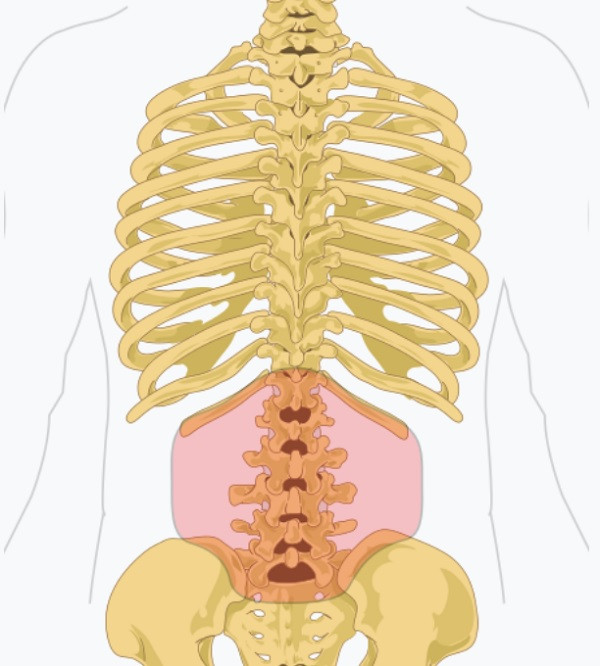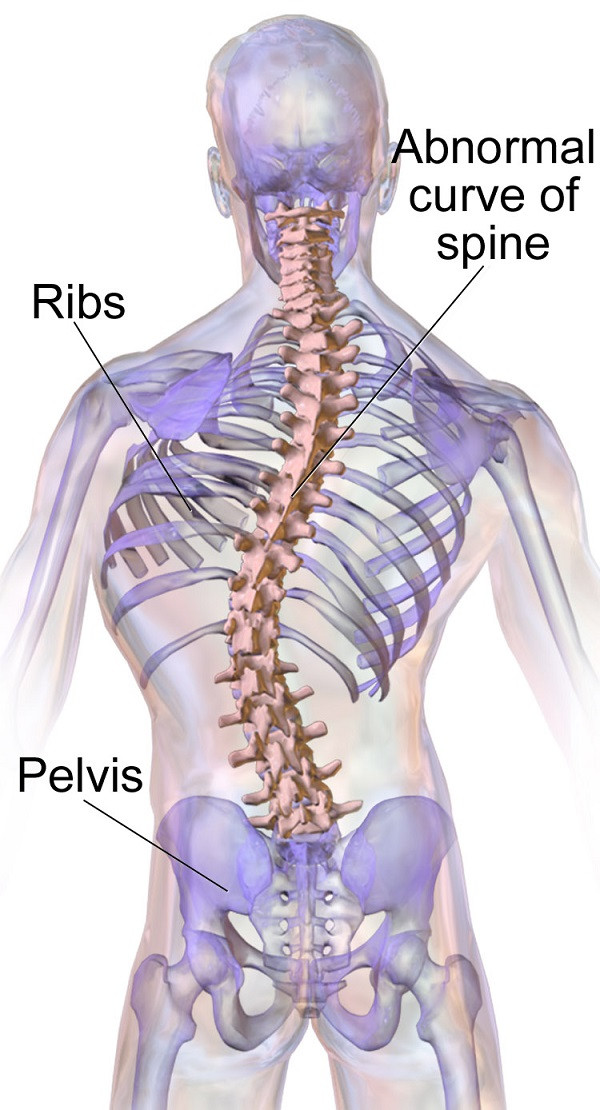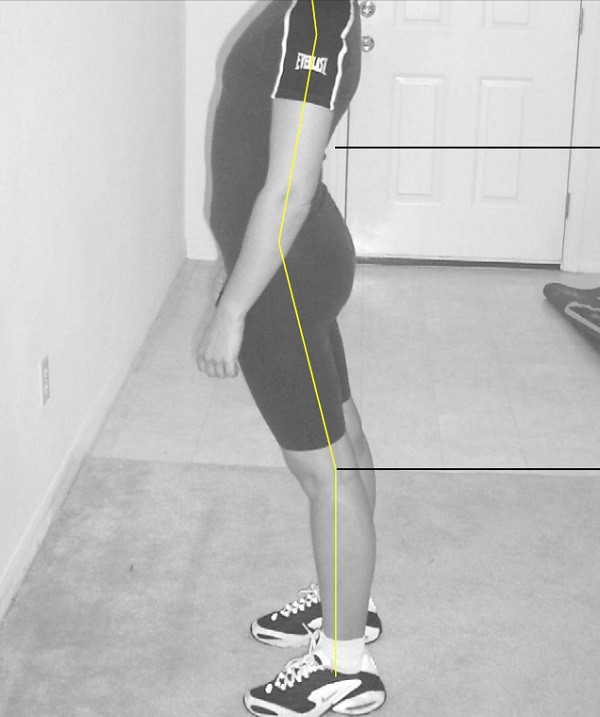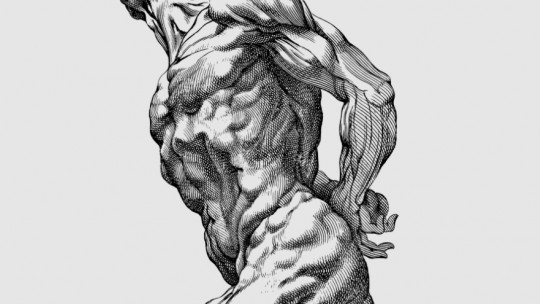
Working for more than 8 hours in front of a computer is the daily routine of many employees, especially those who work in offices or from their own home.
Many workdays are spent sitting, with few breaks in which to stretch or relax the muscles. If we add to this that few people incorporate physical exercise into their daily lives, we have a serious sedentary lifestyle problem.
Common muscle injuries when working in front of a PC increase when leading an inactive lifestyle, which is why they are becoming a serious public health problem. Below we will see what the main injuries of this type are and what to do to avoid them.
6 common muscle injuries when working in front of a PC
Mostly, work days are 8 hours from Monday to Friday, which translates into about 40 hours of work per week. While there are breaks for food, coffee or bathroom breaks, and hopefully small relaxation periods, many workers spend many hours in front of their PC, especially those who work in an office or from home.
Everyone knows that a sedentary life is harmful to your health. Not moving enough is related to several health problems, both physically and mentally, in addition to increasing the chances of suffering from chronic diseases. Every year there are more cases of people who are overweight or obese, with the World Health Organization (WHO) estimating that about 40% of the world’s population suffers from these problems, which translated into numbers would be about 1.2 billion people.
Normally, an adult spends almost 10 hours a day sitting. It is not only because of work, although it should be noted that spending almost 8 hours a day sitting in front of the computer is of particular concern. We owe the extra 2 hours (which can be up to 8) to domestic “activities” such as watching TV, using the computer for recreational purposes or simply lying down.
The ideal is to take advantage of free time to exercise, move as much as possible This sounds great in theory, and we have all internalized it as tip number 1 to combat a sedentary life, but in practice it is more complicated. It is difficult to fight exhaustion after a hard day at work and, added to the irritability and frustration associated with a heavy job, the last thing we think about when we get home is running a marathon, lifting some weights or doing some squats.
For this reason, with the intention of trying to make the reader aware of the need to combat a sedentary life, instead of recommending the gratuitous advice to move, we are going to go for something much more effective: to make known the main common muscle injuries when working in front of a PC. All of them are ailments associated with spending hours sitting in chairs in an uncomfortable position with which, whoever says “working with the computer” also says “playing video games” or “scrolling on social networks.”
1. Epicondylitis
Epicondylitis, also known as tennis player’s disease. It is an injury characterized by intense pain on the outside of the elbow, right in the region of the epicondyle.
It is a painful inflammation in the muscles and tendons of this part of the body, caused by constant and repeated overexertion and tension on this region of the elbow. This injury occurs specifically at the insertion points of the tendons of the humerus, radius and ulna bones.
Although it is normally attributed to physical exercises such as tennis or paddle tennis, it can also be caused by spending too much time in front of a computer maintaining an inadequate posture. To alleviate this condition, the treatments used include physical therapy, the application of ice and the consumption of pain relievers.

2. Low back pain
Low back pain, more popularly known as lumbago, is a localized pain in the lower back that can present in two forms, one acute and limited in time and another chronic which lasts in the long term.
The lifetime incidence is estimated to be between 60 and 90% of the population, which means that 9 out of 10 people worldwide may experience low back pain in their lifetime. Fortunately, about 80-90% of cases are temporary, and only 10% of cases are long-term and chronic.
Among the most common causes of this ailment is the strain of a ligament or muscle in the back. A muscle stretch in the lower part of the spine can cause microcracks and injuries to appear, which are what cause pain. Also It can be caused by having the back arched for too long, given the mechanical stress associated with having the spine in such a position
Among preventive treatments we have postural correction, considered the best tools to prevent acute low back pain. For this reason, if we cannot stop working with a computer, we must monitor our posture, sitting with our back straight, with a correct angle of support that allows the spine to rest.

3. Tension headaches
Sometimes our heads hurt because we are sitting in the wrong position. Tension headaches occur when the muscles of the neck and scalp contract due to psychological discomfort, especially due to stress, anxiety and depression, along with poor postural habits and head trauma. All of these problems can harm the neck muscles.
These ailments are common due to the combination of work stress along with very poor posture. Tension headaches They manifest themselves in multiple ways, such as pressure in one eye, pain in the paranasal sinuses or in the form of tension around the head
To avoid these discomforts, it is very important to use de-stressing techniques, take a slow breath and, if the potential cause is emotional, go to a specialist, especially a psychologist to see if there is any type of psychological problem such as the anxiety and depression that causes it. He or she will give us recommendations to manage psychological discomfort and also strategies to manage work stress.
4. Scoliosis
Scoliosis more than A muscle injury is a bone injury in which the affected person’s spine curves to one side due to having maintained incorrect posture repeatedly and for a long time. As a result of the curvature of the spine, the affected person may feel great pain in the back and discomfort when sitting. This injury can be mild or serious depending on how curved the spine is.
It can be prevented by using ergonomic furniture in the office, in addition to doing exercises that help center the spine as is the case with swimming. In the most serious cases, surgical intervention will be necessary to center the spine, a process that is quite painful as many vertebrae have to be relocated.

5. Lordosis
It is normal for the spine to present curves in the neck, torso and lower back area, positioning the head of the pelvis naturally. Besides, These curvatures serve as shock absorbers, distributing the tension that occurs during movement when walking or picking up objects.
However, sometimes it happens that these curvatures become accentuated, producing lordosis, which is very similar to scoliosis, except that instead of curving the spine to one side, it does so exaggeratedly forward and backward. Lordosis is diagnosed by observing excessive curvature in the lower back
This condition can involve muscle pain and is caused, in addition to not using an adequate ergonomic seat, by factors such as age and certain congenital and acquired medical conditions, including achondroplasia, discitis, obesity, kyphosis and osteoporosis.

6. Carpal tunnel syndrome
Finally we have carpal tunnel syndrome in which the muscles and tendons of the hand are affected. This condition is caused by immobilization of the median nerve of the hand, a nerve that is located right in the Carpal tunnel. It usually occurs when doing repetitive activities with your hand causing fluid to accumulate in this area and the tendons found under the tunnel to become inflamed, causing pain in almost the entire hand, especially the middle, index and thumb fingers.
As a consequence, this disease prevents natural movement of the wrist, causing different degrees of pain and temporary disability, although it can become chronic. This condition is common in people who do manual jobs that require bending movements with the hand being common in tennis players, paddle tennis players and, also, people who work with computers every day, typing and using the mouse constantly.
What to do to avoid this type of ailments?
For avoid this type of ailments associated with using the PC for long periods We can follow the following list of tips:
These little tips are ideal to avoid muscle injuries, since they serve to relax the muscles and avoid any type of physical problem. Incorporating them progressively into our daily lives can make a big difference, in addition to being an effective but not very intense way to fight against a sedentary lifestyle.








